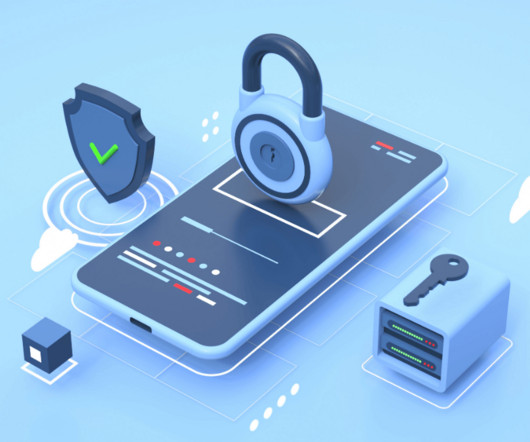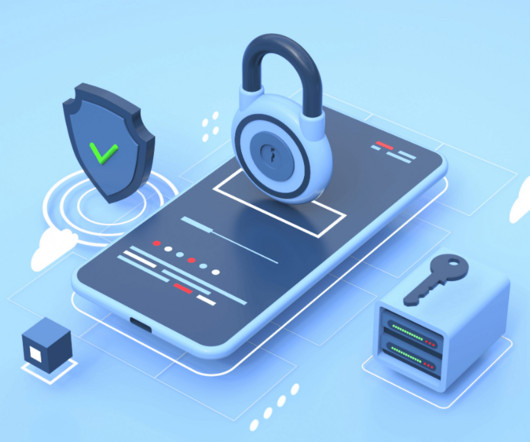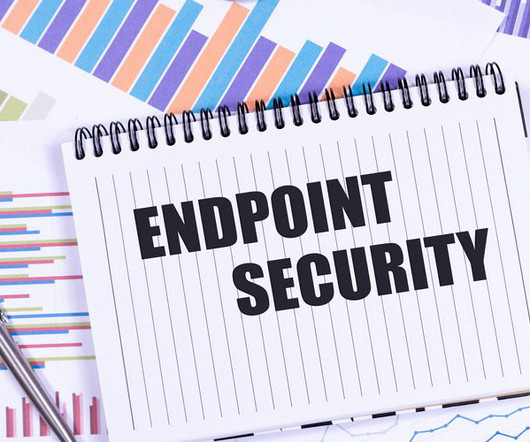Securing 5G for 2023 and beyond
CIO
FEBRUARY 24, 2023
We must secure up to and including Layer 7 (the application layer) to ensure that business continues on in this 24/7 environment. This includes advanced malware, command-and-control botnets, code injection, and application vulnerabilities. 5G is designed to go places. Security needs to keep up. trillion by 2030.1 Radio rogues.

















Let's personalize your content